What is Trigger Point Therapy?
A Trigger Point is a hyperirritable nodule or knot that can be found in connective tissue and muscle tissue in hundreds of places on the human body.
Those knots and nodules can restrict blood flow and keep nutrients and oxygen from getting to the area, causing waste buildup that, in turn, creates inflammation and pain. In trigger point therapy, practitioners find your trigger points and press on them to help the knot or nodule release, which can relieve your pain.
What’s interesting about trigger points is their ability to refer pain and symptoms to other parts of the body. Some trigger points in the neck, head, and face can cause vertigo and dizziness, migraines, numbness or tingling in the face, toothaches, and TMJD symptoms. Trigger points in other parts of the body can cause back pain, irritable bowel syndrome, plantar fasciitis, carpal tunnel, and more.
Where Do People Get Trigger Points?
Trigger points and muscle knots can occur anywhere in your body. Wherever there is muscle tissue, there may be a small area of tissue tension and this could be a trigger point. Areas in the body where trigger points are more commonly found may include:
- Your upper trapezius muscles on either side of your neck just above your shoulders
- Your quadratus lumborum muscles of your low back
- Your hamstrings
- Your calf muscles
- Along your iliotibial band
You can get trigger points anywhere in your body, and if they occur excessively, you may experience chronic pain and myofascial pain syndrome.
Trigger Point Therapy Techniques
Traditional massage therapy works by manually manipulating muscle tissue to break up collagen adhesions and realign the tissue to allow the layers to slide against one another unimpeded. Breaking up adhesions can help reduce muscle tightness and improve joint range of motion (ROM).
Myofascial release is a manual therapy technique that aims to release fascia restrictions. Fascia is located between the skin and the underlying structure of muscle and bone, and connects the muscles, organs, and skeletal structures in our body. Fascia can become restricted through injuries, stress, trauma, and poor posture.
Trigger point therapy involves applying pressure to tender muscle tissue (“knots”) in an effort to alleviate pain and dysfunction in other parts of the body. Trigger points are areas of muscular hyperactivity, which often cross-over with acupuncture points.
Trigger Point Benefits
- Decreased Pain– Trigger Points can cause a lot of trouble in the body. Trigger points usually refer to pain at a “remote” location in the body and can mimic various conditions like bursitis, tendonitis, even migraines and heart attack.
- Fewer Headaches– Many trigger points are located in the neck and upper back area cause frequent headaches. Simple release techniques done on a daily basis will help you eliminate these trigger points from your muscles.
- Improved range of motion – recent studies have shown that Trigger Point techniques are effective in improving range of motion
- Improved Flexibility– Trigger Points by nature make the muscle tight and weak. It loses its normal function and every attempt to stretch it will result in pain. Things change dramatically if we first release the trigger point and then stretch the muscle – that’s how we can improve flexibility in tight areas.
- Better Posture– Self massage using Trigger Point Release techniques will help you release tight muscles that could have negatively affected your posture
If you are interested in Trigger Point Therapy come into our offices. The objective of trigger point therapy is releasing or softening a muscle knot to reduce (or eliminate) the knot pain and associated pain. You may need some trigger point therapy.
